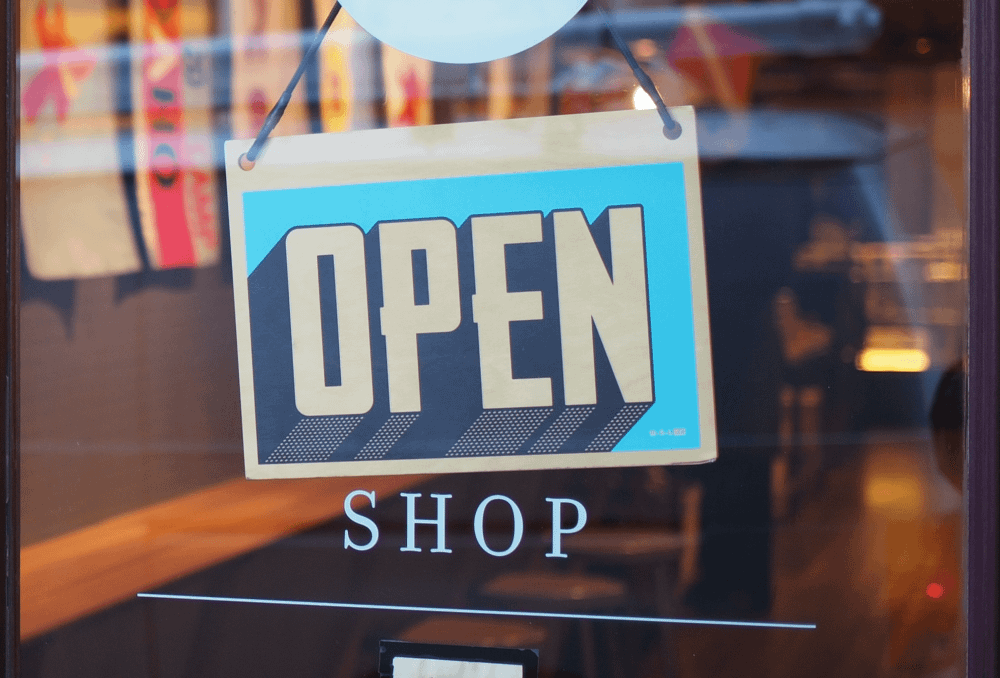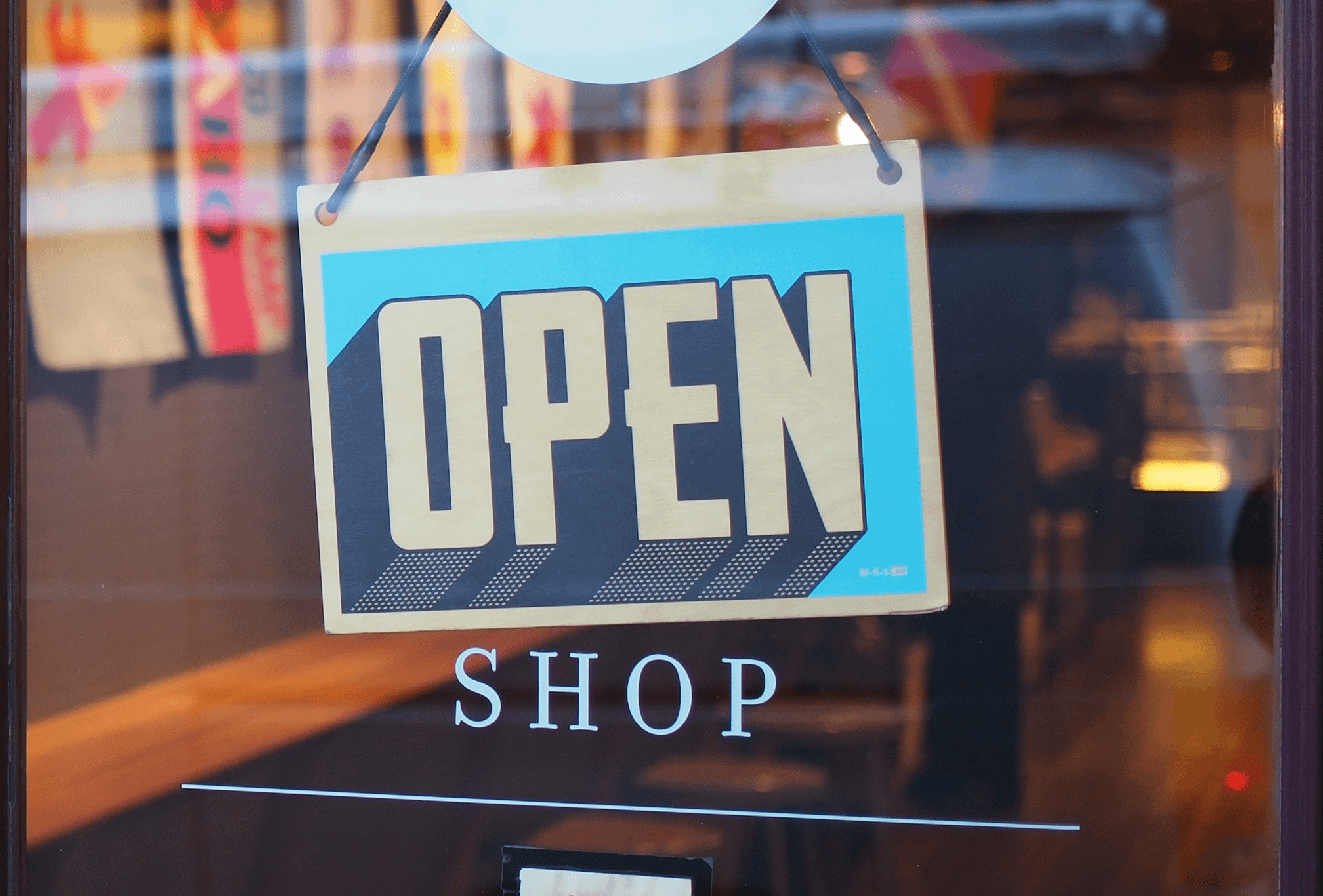As we near the end of 2022, it’s time to take a look at the top ecommerce trends that will be prominent in 2023 and beyond!
The ecommerce landscape is becoming increasingly competitive as the years go by, regardless of the industry you’re in. So, if you want to get ahead of the competition, it’s time to take a look at the prominent trends heading our way…
1. Social Commerce
Over the past few years, social media shopping has been gaining traction as more and more consumers become comfortable completing purchases within social media apps and from mobile devices. As a result, ecommerce and social media will become further intertwined well into 2023 and beyond. Current forecasts predict that social commerce sales will reach $2.9 trillion by 2026, so if you’re an ecommerce business, it’s time to integrate social media within your growth strategy sooner, rather than later!
Social commerce growth will be driven by millennials and Gen-Z (62%), so if this is your target market, it’s crucial to embrace social commerce as soon as you can! Whilst the generations of Gen-X and baby boomers will be slow to embrace social commerce, stats show that growth is also increasing for this audience too.
Aligning social commerce with your ecommerce business will increase brand awareness, encourage sales and attract loyal customers as your build your online community, so be sure to jump on this trend in 2023, as it’s not going anywhere fast!
2. Omnichannel Sales
Following on from the rise of social shopping, omnichannel sales will become increasingly important for brands going into 2023. Omnichannel retail simply describes a unified brand experience, across every channel, platform and touchpoint that consumers interact with. Whether they are engaging with your brand on social media, shopping in your brick-and-mortar shop or visiting your website from a mobile device.
Providing a seamless customer experience throughout all of these elements, is key to building relationships, demonstrating credibility and ultimately, encouraging sales. Failing to provide an exceptional omnichannel experience in this day and age and seriously hurt sales and growth potential for brands across all industries.
If you’re a coffee shop, the atmosphere that customers experience when stepping foot through your doors must be engrained and reflected within your website, social media presence, postage & packaging (if you’re also an online shop) and customer service offering to increase the likelihood of customer conversion.
3. Buy Less, Research More
Due to the uncertainty of the economic climate we’re now facing, customers are already tending to research more and buy less. Whilst this trend results in less overall purchases, which can seem problematic for ecommerce businesses at first glance, it actually results in more considered commitments. Therefore, brands who successfully demonstrate the benefits of the products or services they offer and put customers first, are much more likely to compel consumers to commit to purchases and in turn, will retain market share and drive growth.
4. Content As The Driving Force
Inflation and economic turbulence will cause consumers to buy less and research more, well into 2023. In order to prepare for this, brands must make lasting relationships with consumers, entirely built on trust. The best way to do this is by utilising content marketing to attract, convert and retain loyal customers.
Whether you decide to write blog posts, white-papers, how-to-guides or stick to social media and email newsletters, there are an abundance of means to communicate and build relationships with your audience. One of the most important factors to prioritise within your content marketing strategy is demonstrating authenticity and credibility. Ensure you follow Google’s E-A-T (Expertise, Authoritativeness, Trustworthiness) for every piece of content you create and you’ll be on to a winner.
Don’t forget that your website content is just as important as other forms so ensure you pay attention and keep your web pages fresh. For some top tips, read our blog on How To Improve Your Website Content.
5. Customer Experience = Key
If you want to stand out in the overcrowded ecommerce space, your brand must provide memorable hybrid and omnichannel experiences for customers. As technology evolves, so do the opportunities to truly WOW customers. Artificial intelligence and augmented reality provide an abundance of opportunities to differentiate your brand and delight customers, encouraging loyalty and retention.
“Get closer than ever to your customers. So close that you tell them what they need well before they realise it themselves.” – Steve Jobs
7. SEO
SEO will remain a key ingredient to any successful ecommerce business in 2023. As discussed above, keeping content fresh and prioritising the user experience is crucial for SEO. Additionally, optimising your website for mobile devices will continue to be a huge trend. Ensuring thumb-friendly navigation, super-fast page speed and responsive design will be key for your SEO credentials.
Furthermore, optimising your SEO strategy for an increase in voice searches will stand you in good stead as we head into next year. Ensure you answer the long-tail questions that users are likely to ask within your website content and ensure all alt-text is accurate to help your brand flourish!
There we have it, our top ecommerce trends for 2023! For more inspiration, top tips and ecommerce news, head to our blog!












